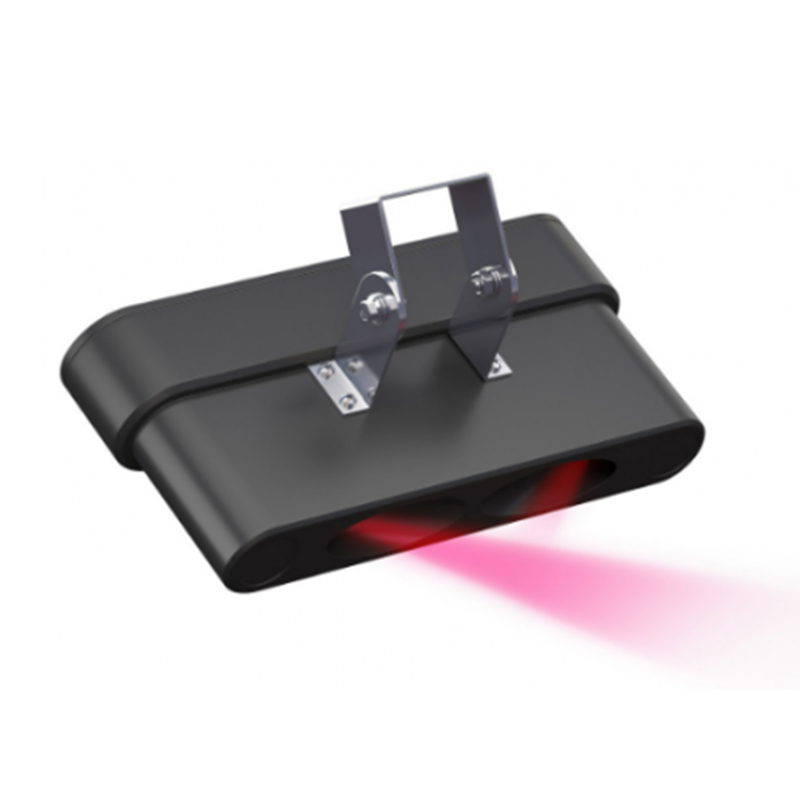Tianyi Sensor IOT Technology Co., Ltd
Sales Manager:Ms. Emily Wang
Cel,Whatsapp,Wechat:+86 15898932201
Email:info@fengtutec.com
Add:No. 155 Optoelectronic Industry Accelerator, Gaoxin District, Weifang, Shandong, China

Sales Manager:Ms. Emily Wang
Cel,Whatsapp,Wechat:+86 15898932201
Email:info@fengtutec.com
Add:No. 155 Optoelectronic Industry Accelerator, Gaoxin District, Weifang, Shandong, China

Model:FT-WJN6
Brand:tianyi
1.Forward Scatter Visibility Sensor product features
Forward Scatter Visibility Sensor determines visibility by measuring the forward scattering of light from particles in the atmosphere, providing the best visibility measurement accuracy.
1.The Forward Scatter Visibility Sensor weighs only 680/880 grams and is designed for monitoring and collection of visibility and other meteorological data in the air flight of unmanned aircraft or small unmanned patrol vehicles;
2.It has a compact appearance and uses the principle of forward scattering to detect atmospheric visibility, which can work normally in an altitude of 4,000 meters and minus 20 degrees;
3.The appearance is flat and the wind resistance is low, and it is hoisted on the belly of the machine.Users can choose ABS and aluminum alloy housing materials as needed, or they can also choose temperature, humidity and air pressure sensors.The power consumption of the instrument is only 0.9 watts, which is very suitable for small drone platforms, and is equipped with aircraft for patrols of low-altitude environmental meteorological elements.
2.Forward Scatter Visibility Sensor size and weight
Visibility dimensions: 174mm*85mm*35mm
Weight (ABS material): 680g
Weight (aluminum alloy material): 880g
3.Main technical parameters of Forward Scatter Visibility Sensor
Detection range: 10-6000 meters (maximum 10000 meters)
Measurement accuracy: ±10%
Light source: IR LED
Data update: 1 second
Digital output: RS485/232, TTL
Optional elements: temperature and humidity, air pressure
Working temperature: -20-50°C
Working humidity: 0-95%
Supply voltage: DC 12V
Power consumption: 0.9W
As a real-time online monitoring terminal, the Air Quality Monitoring Station integrates multiple technologies including online monitoring, data collection and wireless transmission. It can accurately conduct monitoring on pollution indicators such as PM2.5, PM10 and the five meteorological paramete...
The Handheld Weather Station FT - SQ6+ takes "full - element monitoring + precise positioning + intelligent interconnection" as its core. It gives consideration to portability and professional performance. It not only meets the needs of mobile scenarios such as outdoor operations and emerg...
What are the negative oxygen ion monitors? One is a detector suitable for scenic spots, and the other is a handheld negative ion detector.For the negative ion detector in scenic spots, the FT-FZ1 Scenic Air Negative Oxygen Ion Monitor can be selected. This monitor can monitor the concentration of ne...
The Eleven - element Photovoltaic weather station is a meteorological monitoring device used in the field of distributed photovoltaic power generation, capable of real - time monitoring of multiple meteorological elements:Scheme 1: Wind speed + Wind direction + Average wind speed + Temperature + Hum...